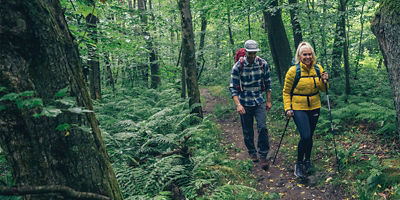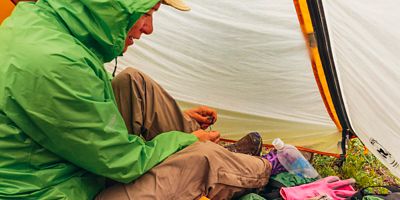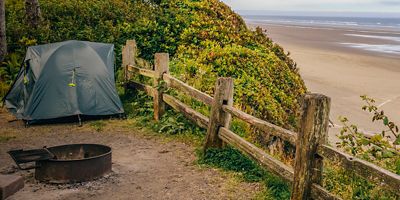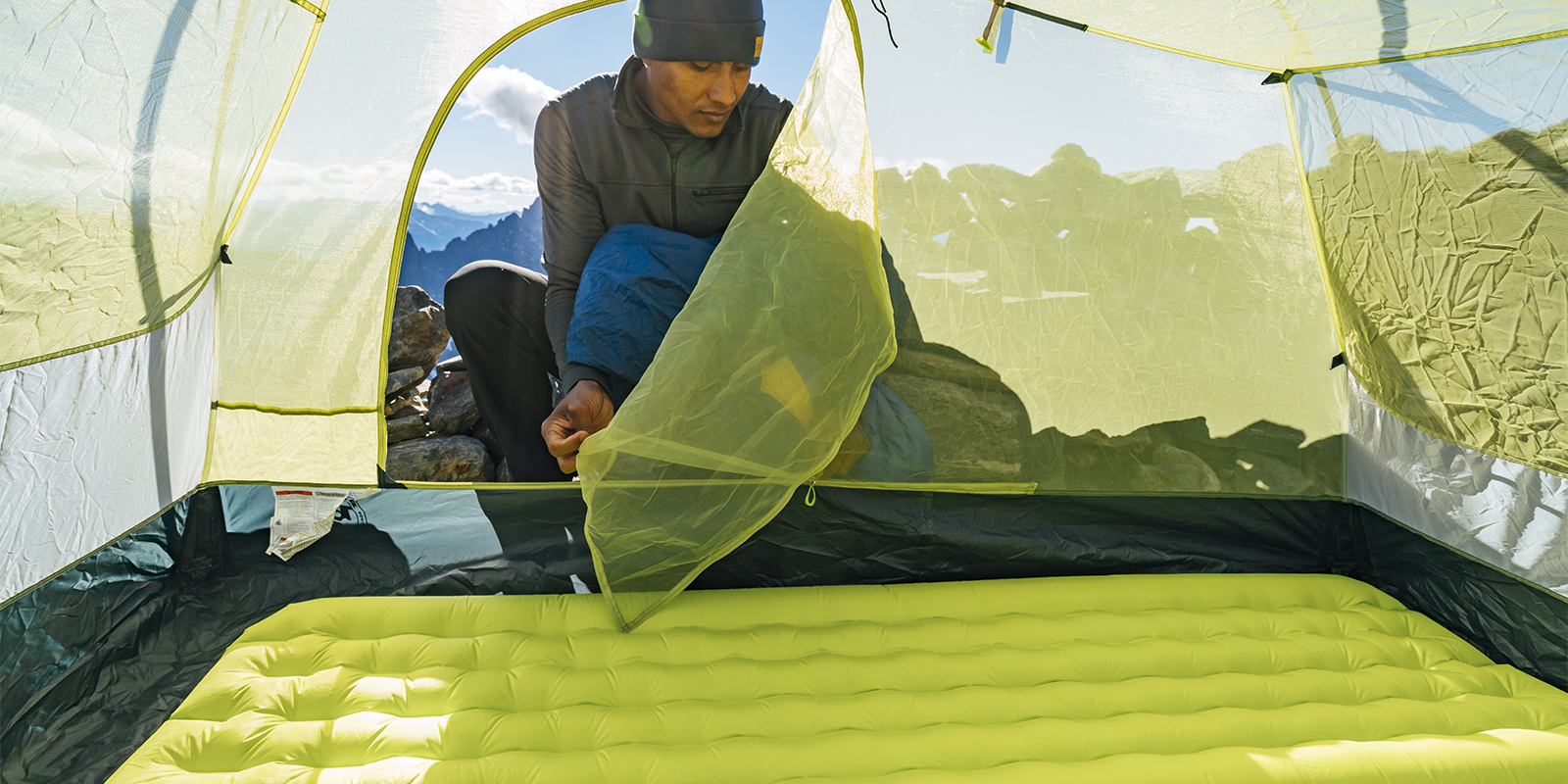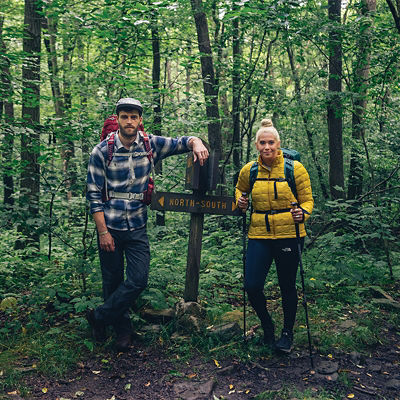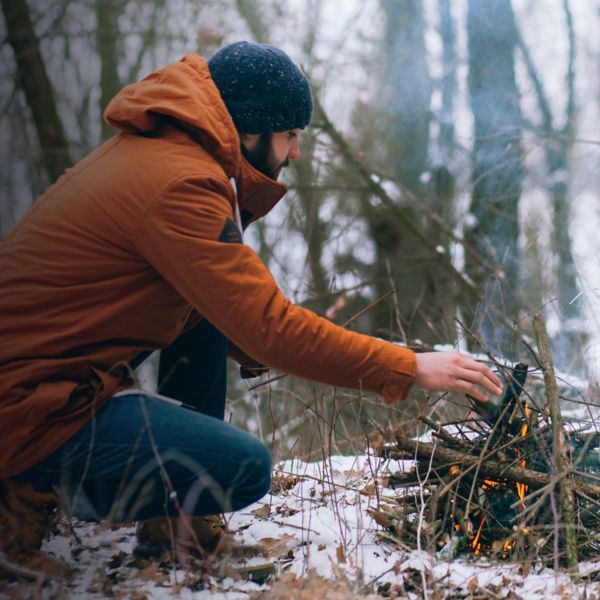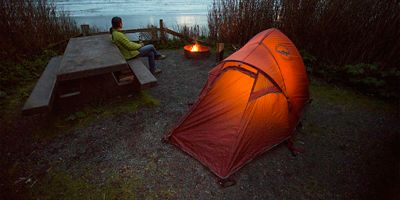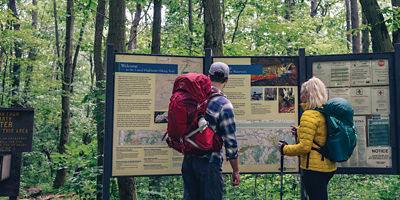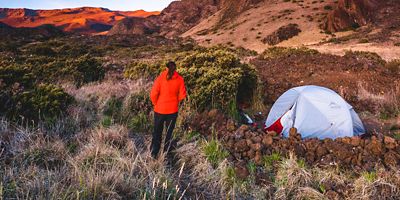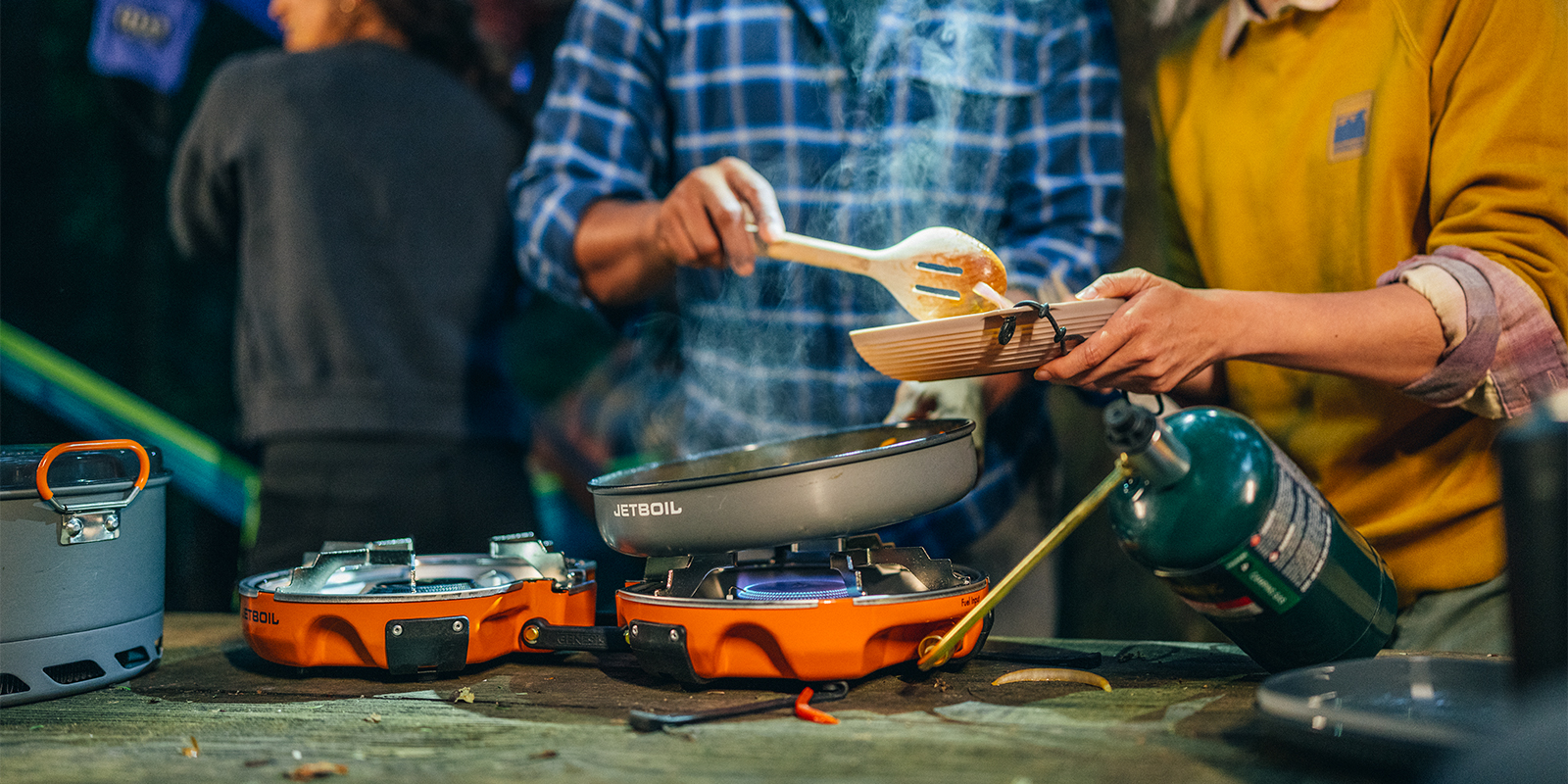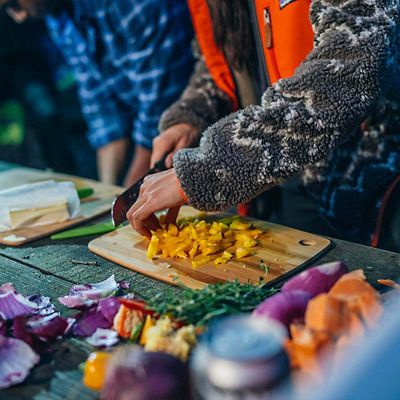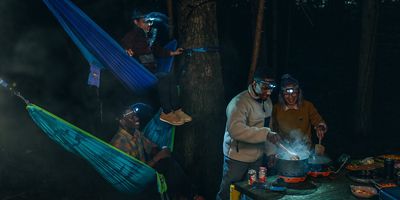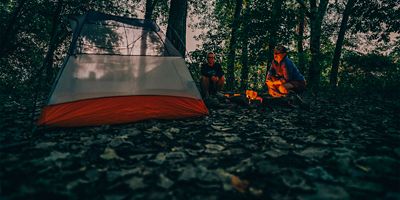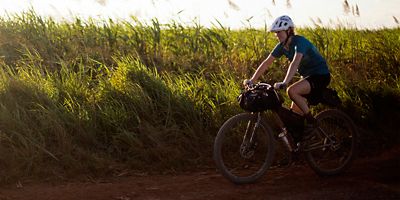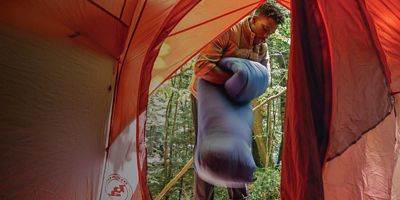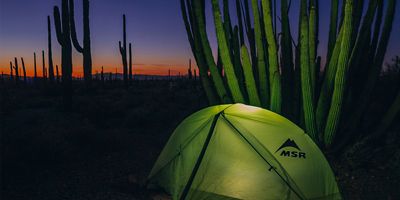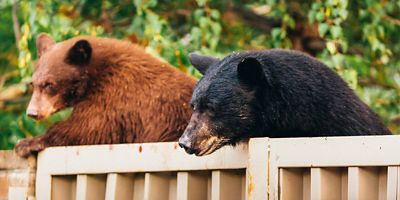
Hiking, mountain biking, birding, or generally recreating in the woods comes with great rewards—and a few hazards. For one thing, plants, while mostly harmless and massively beneficial for their oxygenating, shade-providing splendor, can be poisonous. More than one hiker has made the mistake of using a few leaves of poison oak as backcountry toilet paper. (Yikes.) And it’s not uncommon to be strolling about through a meadow, only to find you’ve wandered into a patch of stinging nettles. (Ouch.)
But, without being a horticulture whiz, how can you tell which plants are poisonous, and which are not? Follow the guidance outlined below to experience the Great Outdoors with great outdoor worries.
Leaves of Three
You’ve likely heard this before: “Leaves of Three, Let it Be.” The saying applies to both poison oak and poison ivy. Both have urushiol on their leaves and in their sap, which can cause a terrible, itchy rash when it contacts human skin. If you’re on trails where you know poison oak or ivy exist, consider wearing protective clothing. And if your clothes or body become contaminated, plan on thoroughly washing them as well as any exposed skin within two hours to mitigate the resin. Cleansers specific to removing urushiol, like Tecnu or Zanfel, are especially effective if you’re highly allergic or on trail for extended periods of time. Adding some of these wipe packets to your kit will help wipe skin as soon as it’s contacted either plant.
Poison Oak
Found mostly in the western United States, poison oak is a member of the sumac family. It grows as a woody vine or shrub. Poison oak leaves (which grow in clusters of three) range from yellowish green to dark red. The leaves of this plant are scalloped on the edges.
Poison Ivy
While poison oak is commonly found in the West, poison ivy is found mostly in the eastern United States. Its leaves range from bright green to red and are almond-shaped, and they come to a point. Poison ivy leaves are also grouped in threes.
Other Plants that Cause Itchiness
Poison Sumac
Found mostly in the eastern United States, like its friend poison ivy, poison sumac grows as a woody shrub with greenish red, oval-shaped leaves that come to a sharp point at the end. These leaf clusters don’t come in threes. The stems are a dark reddish-brown color, and there are sometimes small white clusters of flowers growing off the stem on light green stems of their own. Sumac is more poisonous than poison oak or ivy, especially when the plant is burned.






